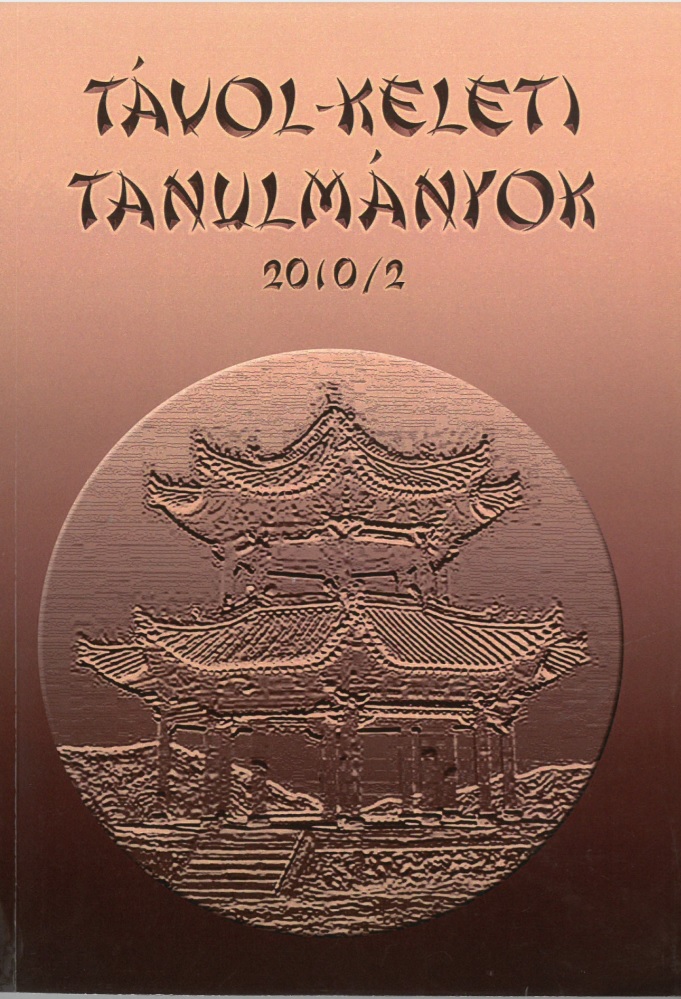Published 2011-09-18
How to Cite
Copyright (c) 2013 the author(s)

This work is licensed under a Creative Commons Attribution-NonCommercial 4.0 International License.
Abstract
The present article is a pre-study to the Tiantai concept of Buddha-nature, conceived as being omnipresent, timeless and limitless, including both sentient
beings and the insentient realm. After a short introduction to the history of
Chinese Madhyamaka, the Sanlun School, and its most famous representative,
Jizang, the author attempts to define the concept of Buddha-nature as presented
by Jizang in his famous work, the Dasheng xuanlun (Treatise on the Mystery of
Mahāyāna). Jizang interprets the concept of Buddha-nature of sentient beings
presented in the Nirvāṇa sūtra according to the Madhyamaka paradigms of
middle-path and non-duality. He concludes that Buddha-nature is equal with
the middle-path, and as a consequence can only be conceived beyond causality,
time and space, therefore cannot be limited inside sentient beings, but should
also include “grasses and trees”, namely the insentient world. Although Jizang
does not mention “tiles and stones” as Zhanran does, his logic naturally leads to
the consequence that Buddha-nature includes the whole insentient realm, too.
